How do Cameras Work? Photography Basics Explained
Last Updated on
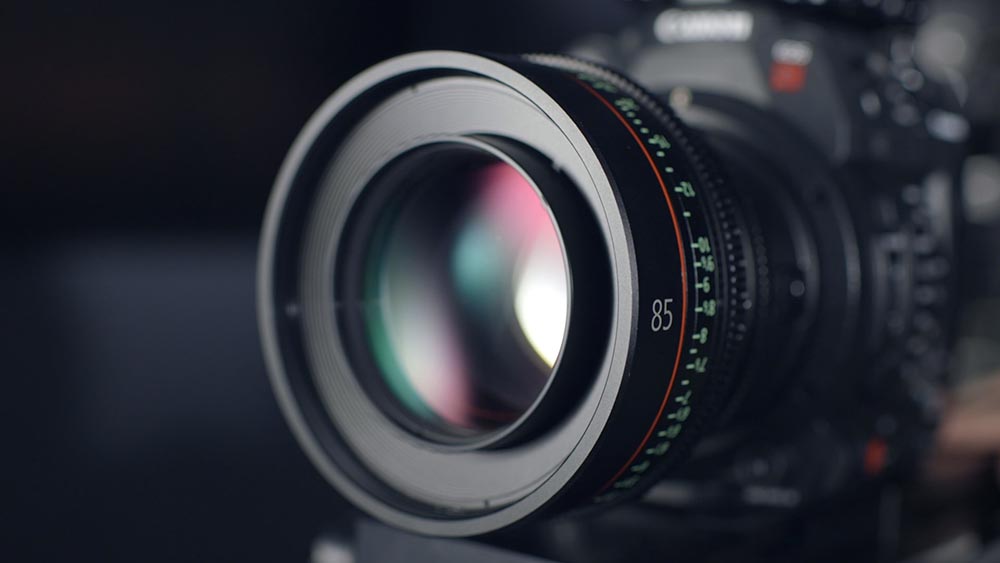
Photography is arguably one of the most innovative and influential inventions in history. It has changed how we see the world, how we communicate and allowed us to see things miles and miles away. In some cases, cameras have even been able to see far enough to enable us to look back in time! Photography is an excellent hobby to learn and a worthwhile investment of your time, but becoming a good photographer requires an intimate knowledge of how cameras work. This can be a challenging hurdle for amateur photographers to overcome.However, cameras are surprisingly simple to understand. In this article, we’ll discuss the basic parts of a camera, how they work, and explore the types of cameras available to photographers. Keep reading to find out more about cameras so you can be well on your way to taking some incredible shots!

Basic Camera Parts
The majority of cameras are made up of five basic parts. These parts include the optical lens, the sensor, the aperture, the shutter, and the camera body, which holds all of the parts together.
Camera Body
The camera body is the part you hold when taking a photo. It contains all of the controls, the image sensor, circuitry, and an LCD screen.
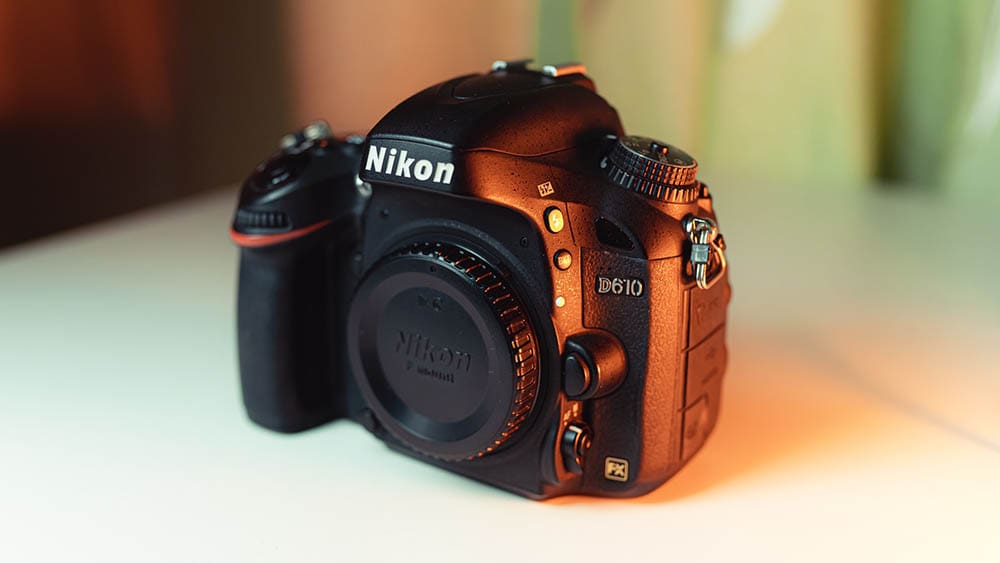
Lens
The lens is an optical component responsible for directing the light that the camera captures. Generally, lenses are curved pieces of glass or plastic,but they come in all shapes, sizes, and varieties for a wide range of applications. The lens’ primary function is to collect and direct the beams of light bouncing off an object in real life onto the image sensor. After this data is processed, it creates an image identical to the one in front of the lens.
Digital Image Sensor
The digital image sensor is responsible for receiving the incident light that is focused through the camera lens. The sensor collects the light in the form of photons and converts the information into a viewable image. This is achieved by converting the light waves into bursts of electric currents, which transmit the image information.
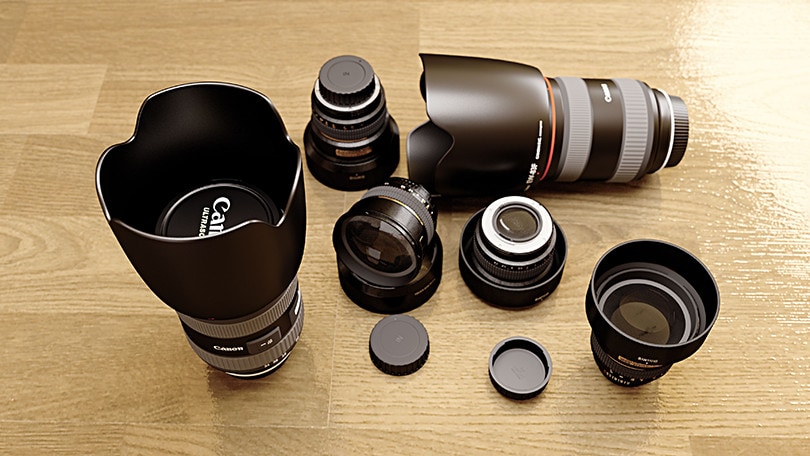
Shutter
The shutter is a moving mechanical part that controls how long the lens aperture of a camera is open. This varies how much light is allowed to pass through the camera and hit the sensor by adjusting the exposure time. A longer exposure time allows more light to enter the camera, allowing you to achieve effects like motion blur or star trails. However, slower shutter speeds can help you capture action shots frozen in time and make your camera less sensitive to accidental shaking.
Aperture
In photography, the aperture is the camera lens’ variable opening, which controls how much light passes through the lens. It is expressed in f-stops and generally written in the form of f/1.4, f/2.8, f/11, and more. The lower the number following the “f,” the wider the aperture is. However, the higher the number, the smaller the aperture is. If your aperture is large, more light will be allowed into the camera, allowing for a brighter image. However, this also affects the depth of field and can make your pictures less sharp and out of focus. The opposite is also true for small apertures. The maximum and minimum aperture varies from lens to lens.
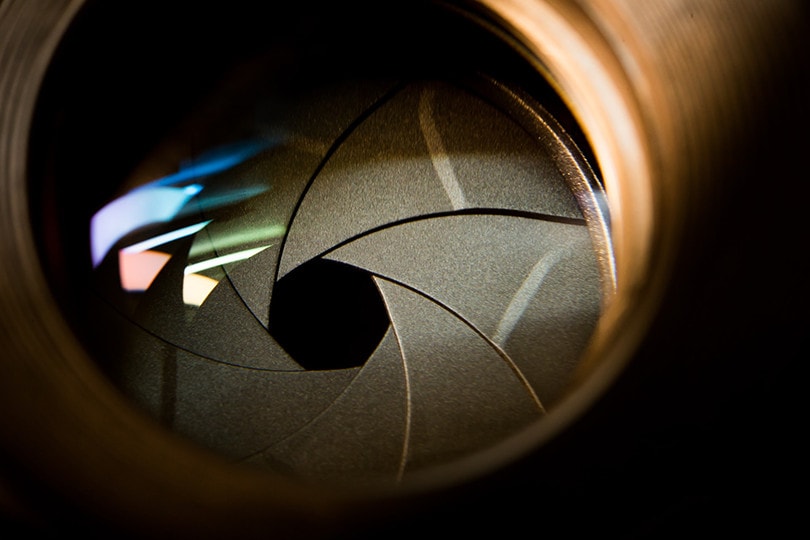
How do Cameras Work?
Cameras are relatively simple in operation, and the process of taking photos can be explained in a few simple steps. For this article, we will be exploring how one of the most popular camera types, the DSLR (Digital Single-Lens Reflex), works.
- When you hold the camera up and press the shutter release button, the aperture at the front of the camera lens opens and allows light to enter. The amount of light that enters the camera is varied with the shutter speed.
- When the light travels through the lens, it slows down and converges to a point, which allows you to get a sharp and clear image.
- A reflex mirror quickly flips down, exposing the image sensor, which collects the photons passing through the lens. When enough light has been collected, the mirror flips back up, blocking the sensor from making contact with the light.
- The image sensor captures the light and converts it into image data. To do this, the wavelengths of light are converted into bursts of electrical current that can be translated into an image.
- The image is then stored in the camera’s memory. You can then view your image on your camera’s LCD screen or once you’ve downloaded it to a computer.

Types of Cameras
With the leaps and bounds made in photography over the past few years, the field has become more accessible than ever before. Choosing the right camera can be overwhelming due to the technical jargon used in the photography scene and the wide range of available options. Here’s a quick rundown of the most popular digital camera types so you can decide which one is right for you.
Compact Cameras
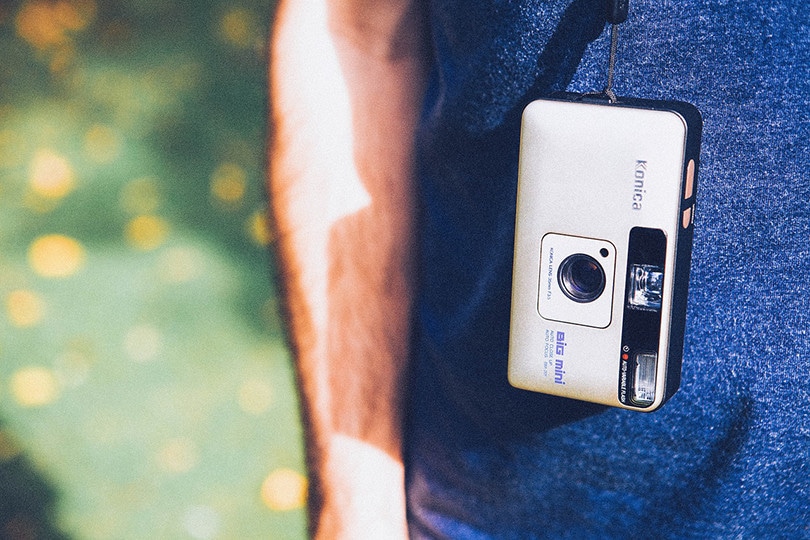
Compact cameras are also called as “point-and-shoot” cameras and are the most popular and widely sold models on the market. They are generally small, easy to use, and contain many preset modes for taking photos in various conditions. Typically, compact cameras produce lower image quality.However, they are very affordable, sturdy, and simple to use due to very few manual controls. Compact cameras are great for beginners because many of them rely on automation to select the best settings for a given photo.
Mirrorless Cameras
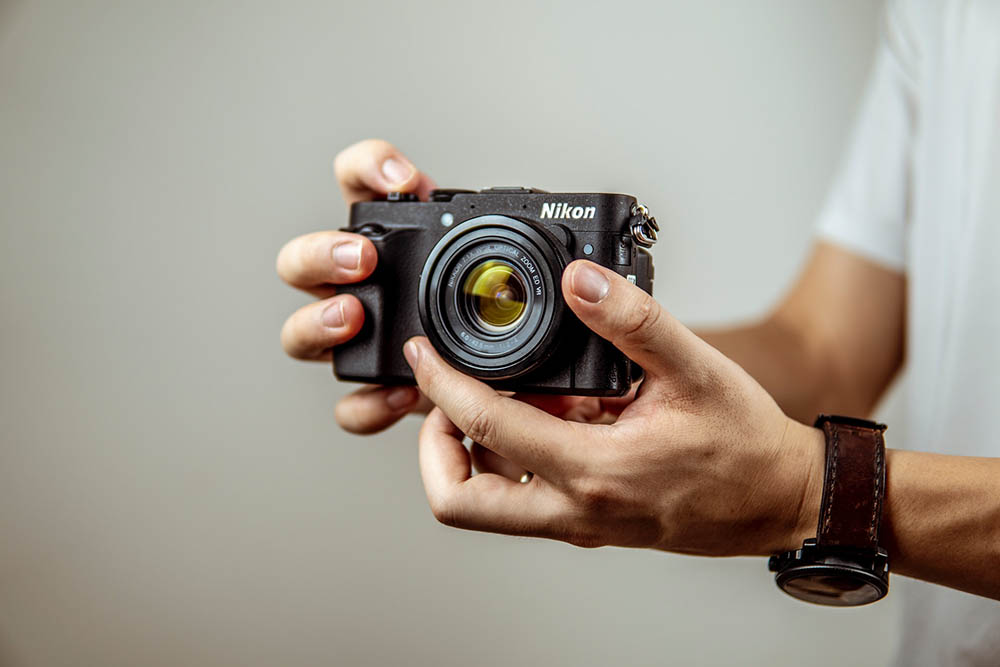
As the name implies, mirrorless cameras do not use a mirror to reflect an image into the viewfinder. The only moving part of this camera type is the shutter, which can be mechanical or electric. Mirrorless cameras are generally small, slim, compact, and lightweight because they are made of very few parts. Mirrorless cameras are also advantageous because they are compatible with interchangeable lenses, although the options are somewhat limited.
DSLR Cameras
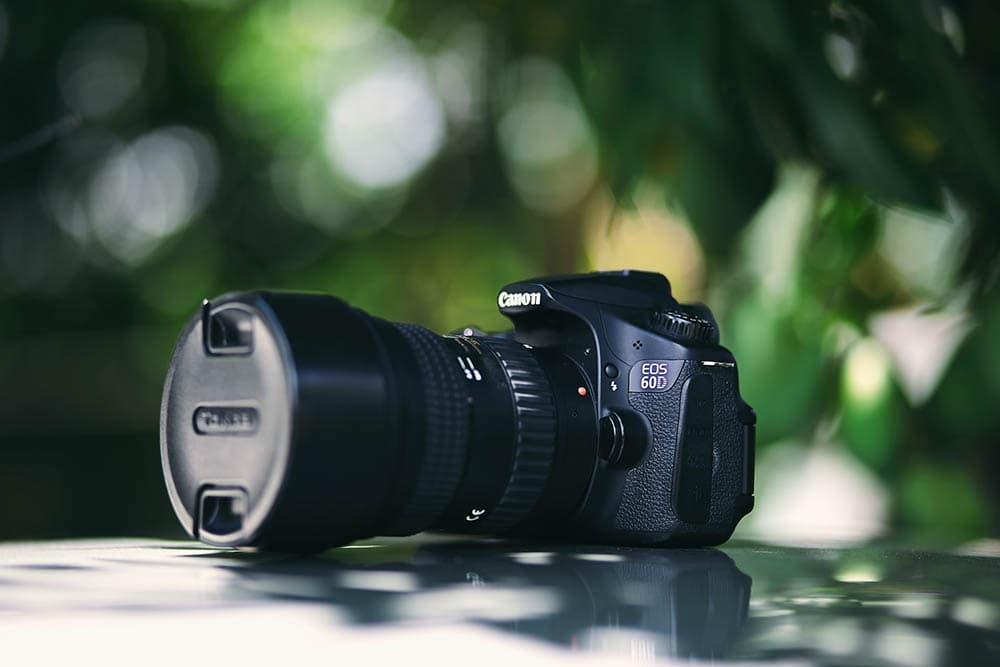
DSLR (Digital Single-Lens Reflex) cameras are the top choice among professional photographers due to their state-of-the-art speed and quality. These cameras are far superior to most other models because they are entirely modular and sport large image sensors, allowing them to capture more light. Nearly every part of a DSLR camera is interchangeable, allowing you to customize them to your unique needs and preferences. DSLR cameras are also popular because they have long battery lives and are durable for everyday wear and tear.

Conclusion
Even though it is really easy to get lost in the technical photography jargon, all cameras serve the same purpose. The most critical aspect to remember is that a photo is only as good as the person taking it, so understanding how a camera works is fundamental to capturing incredible photos. Although there are multiple variations of cameras and nearly endless accessories to become familiar with, all cameras are similar in their operation and work based on a series of fundamental principles. As long as you understand the basics and have a general idea of how your specific camera works, you’ll be well on your way to executing your wildest photography visions in no time.
Featured Image Credit By: ShareGrid, Unsplash
About the Author Robert Sparks
Robert’s obsession with all things optical started early in life, when his optician father would bring home prototypes for Robert to play with. Nowadays, Robert is dedicated to helping others find the right optics for their needs. His hobbies include astronomy, astrophysics, and model building. Originally from Newark, NJ, he resides in Santa Fe, New Mexico, where the nighttime skies are filled with glittering stars.
Related Articles:
How to Clean a Refractor Telescope: Step-by-Step Guide
How to Clean a Telescope Eyepiece: Step-by-Step Guide
How to Clean a Rifle Scope: 8 Expert Tips
Monocular vs Telescope: Differences Explained (With Pictures)
What Is a Monocular Used For? 8 Common Functions
How to Clean a Telescope Mirror: 8 Expert Tips
Brightfield vs Phase Contrast Microscopy: The Differences Explained
SkyCamHD Drone Review: Pros, Cons, FAQ, & Verdict
